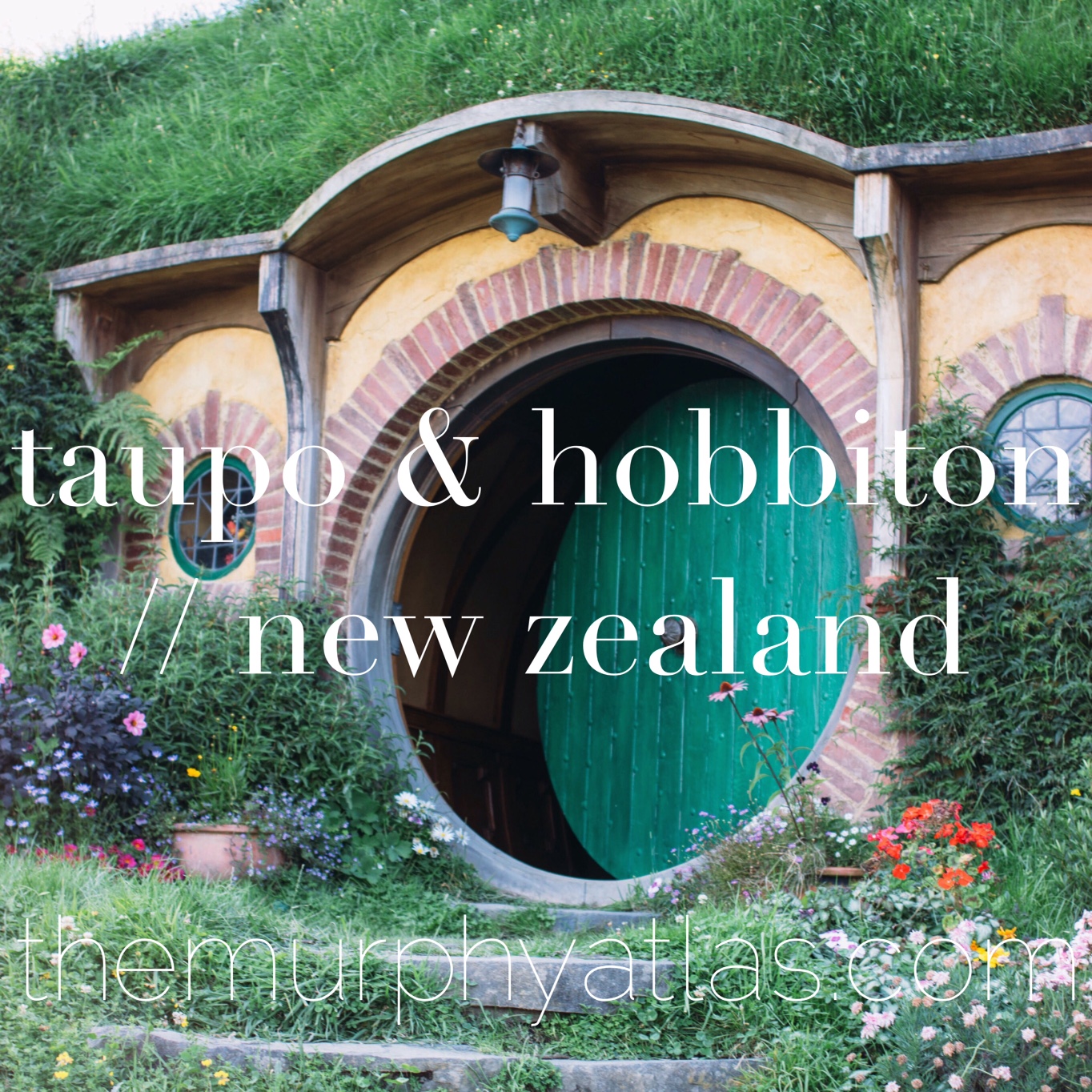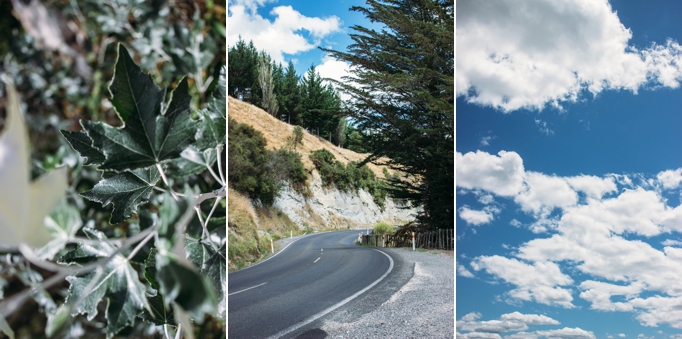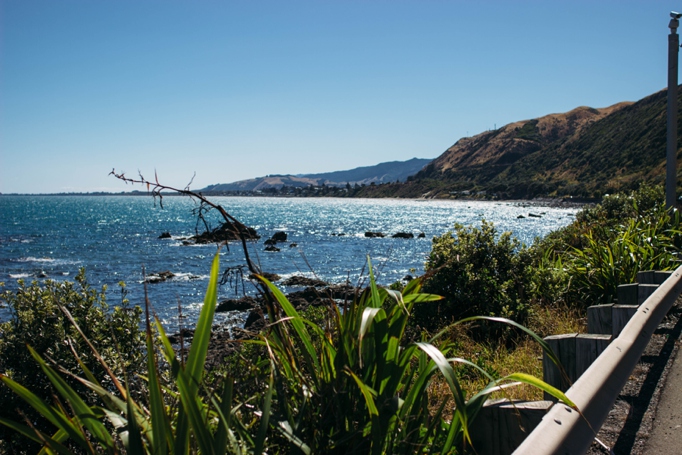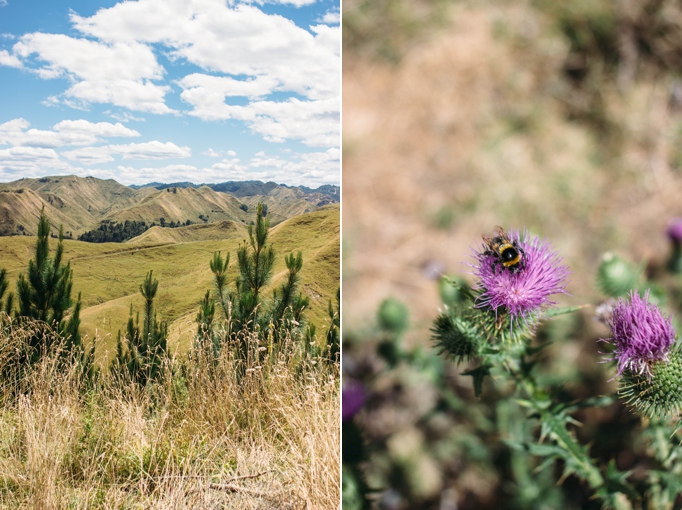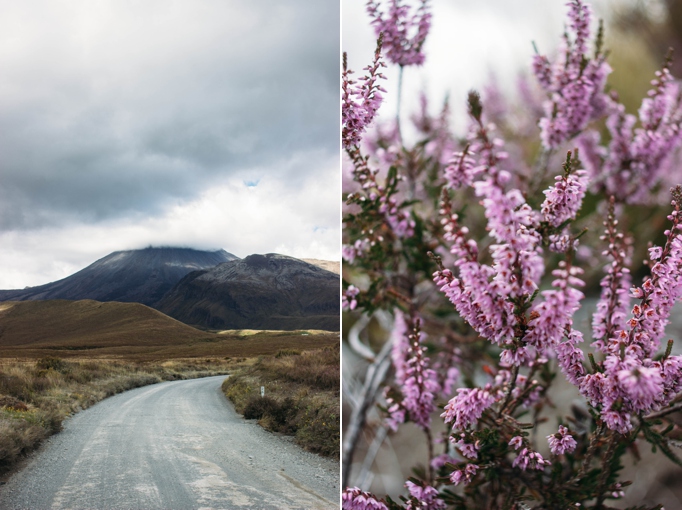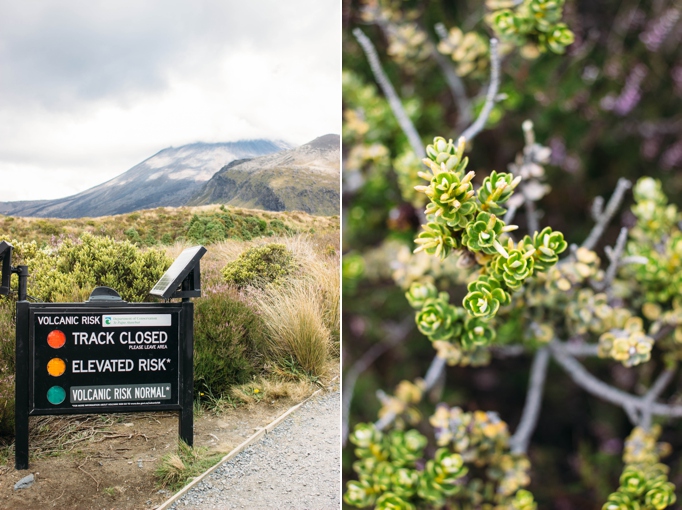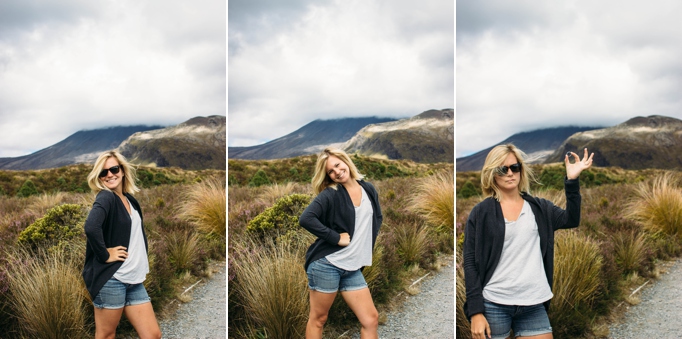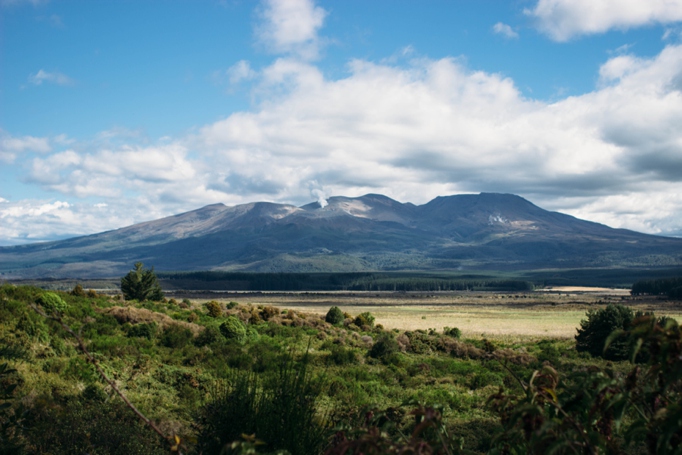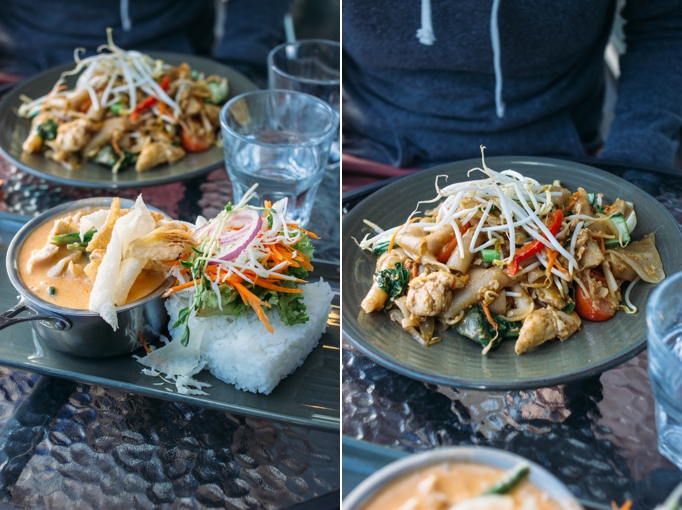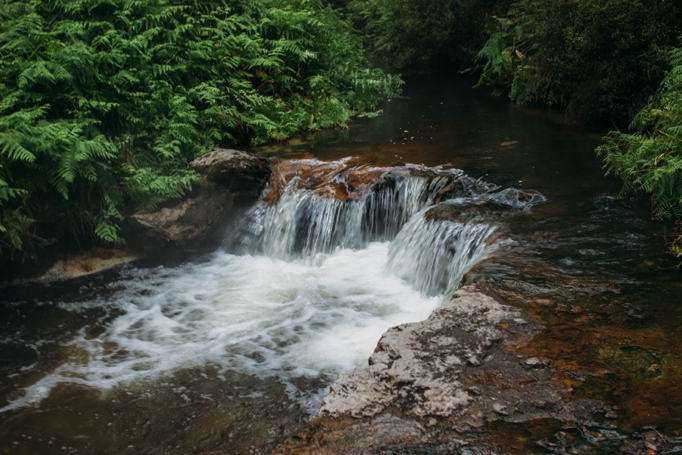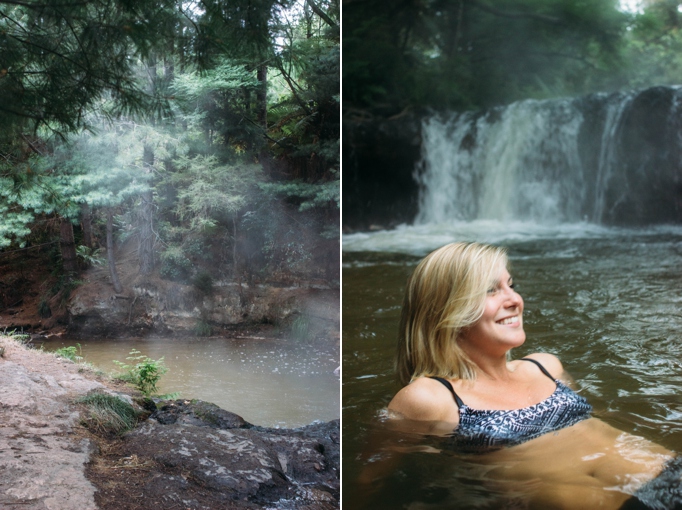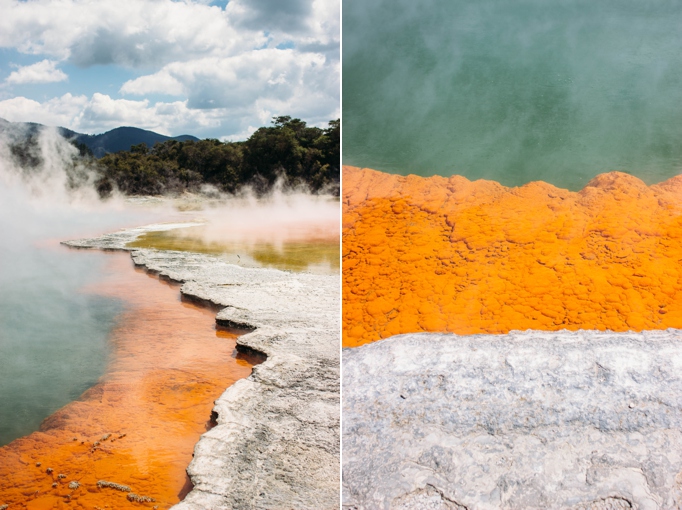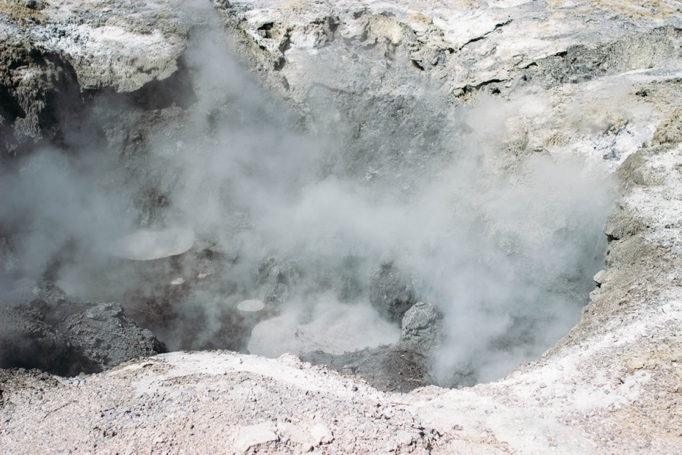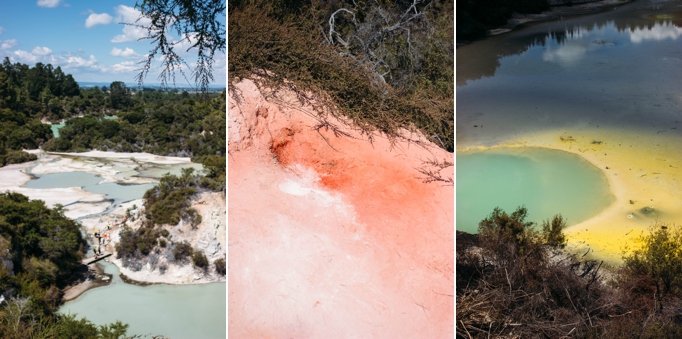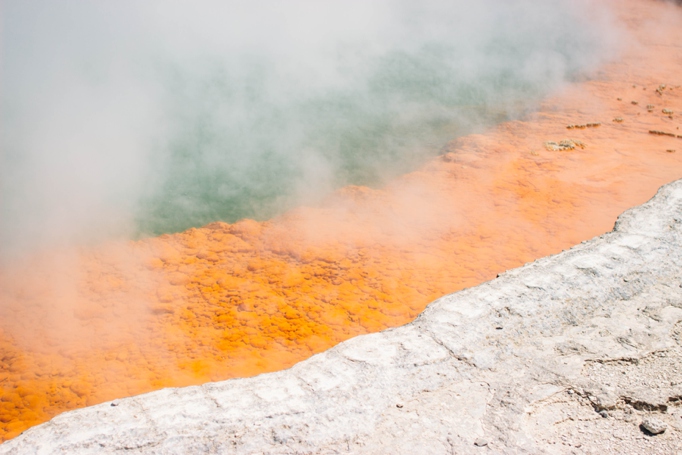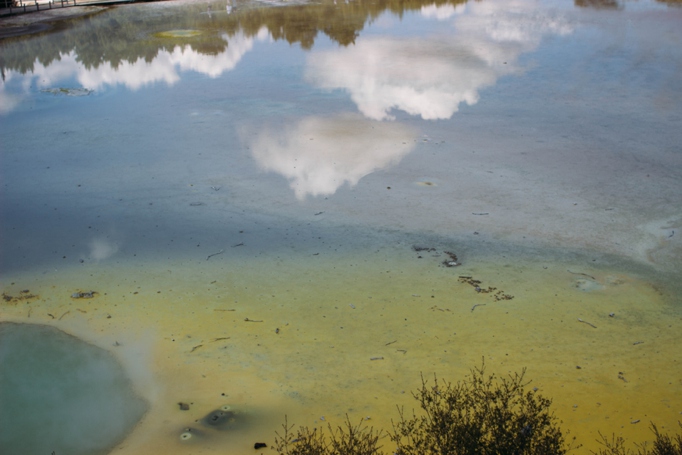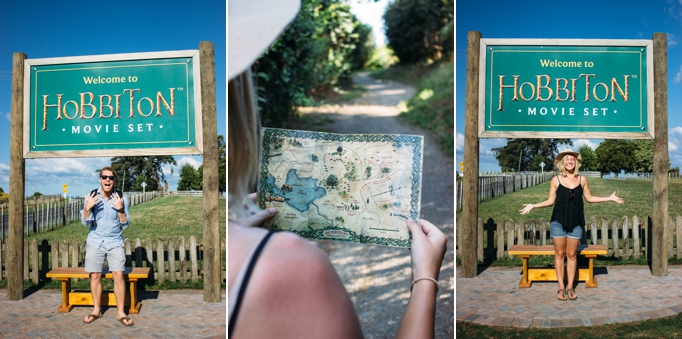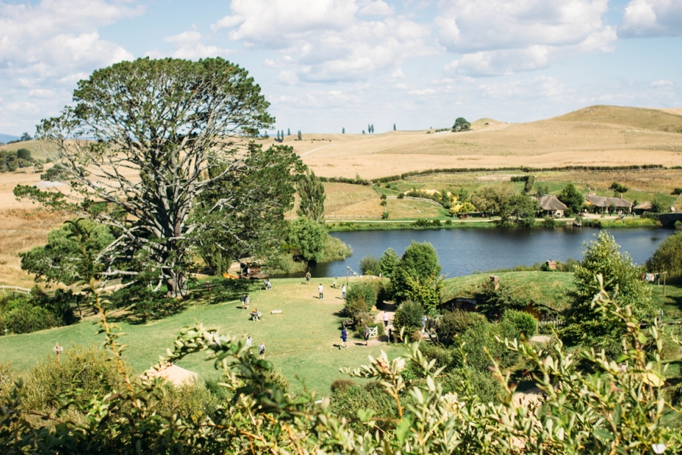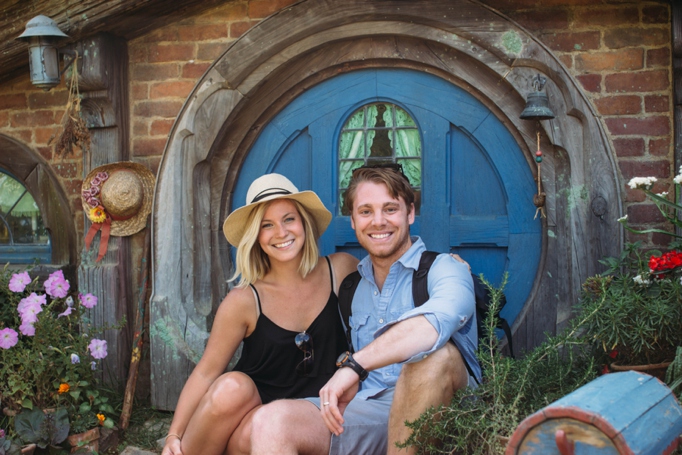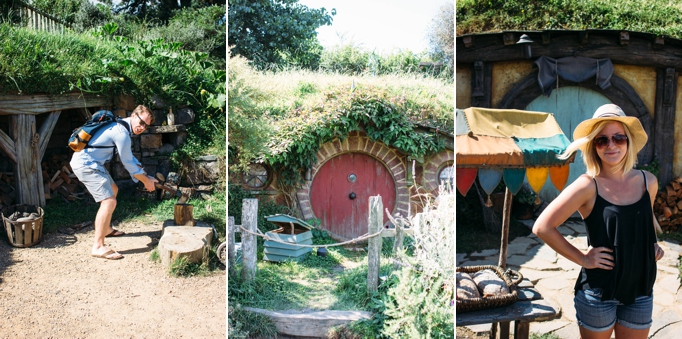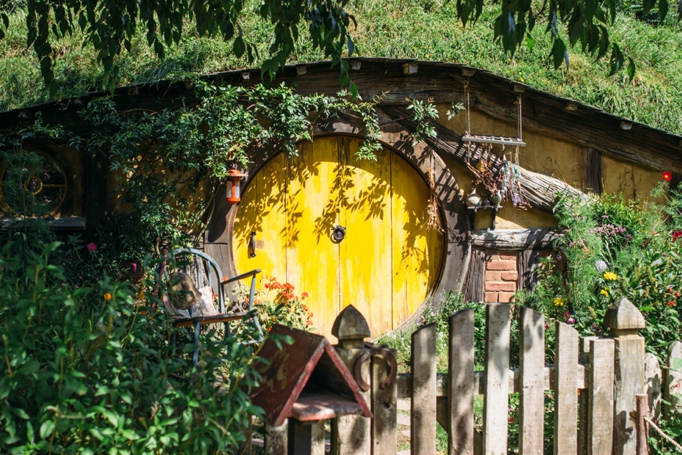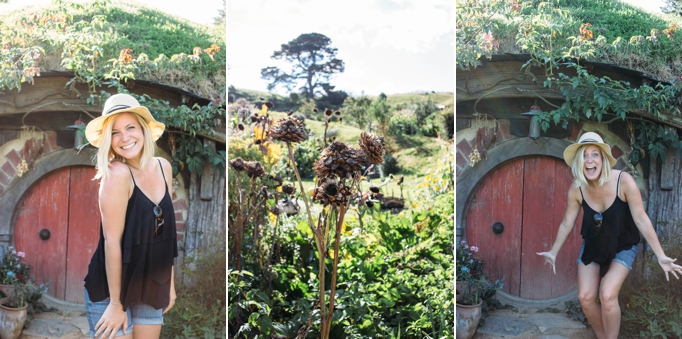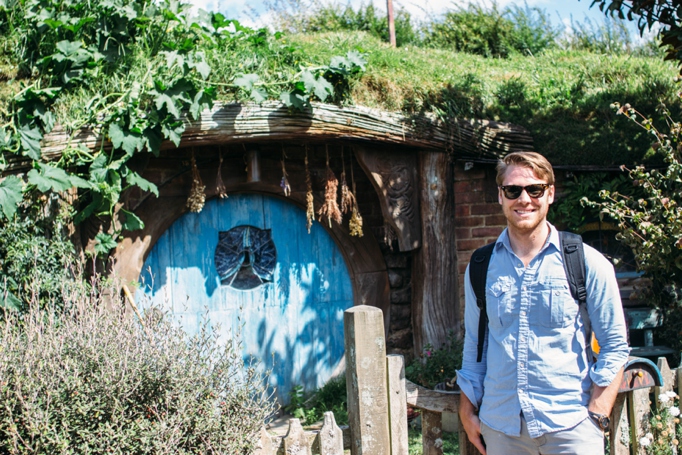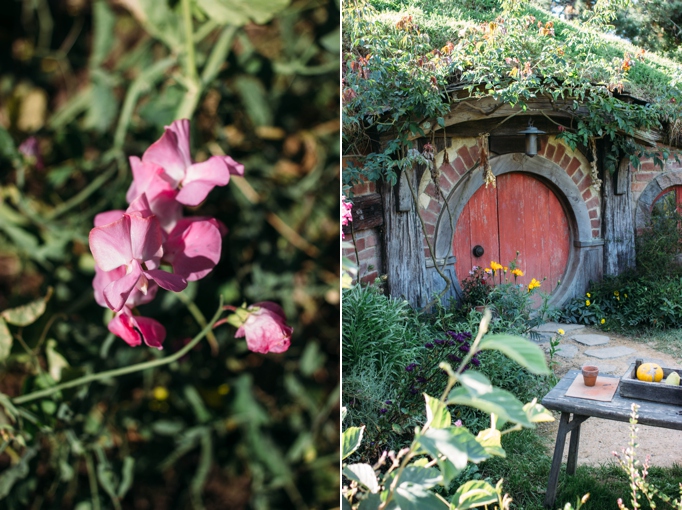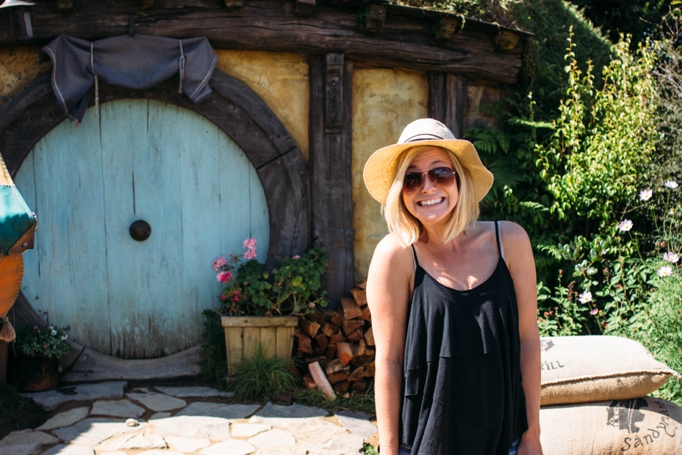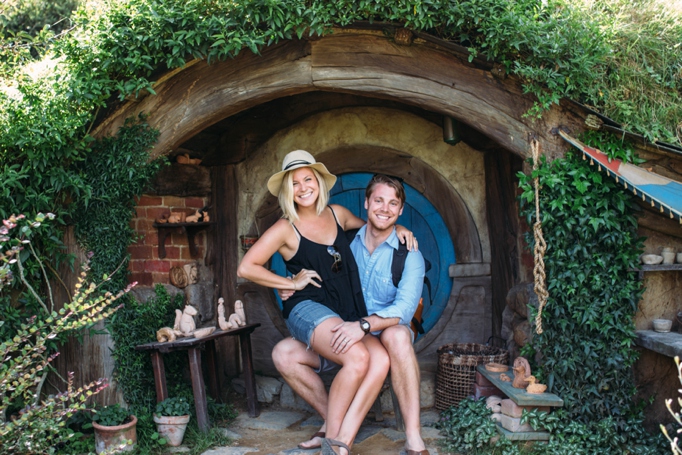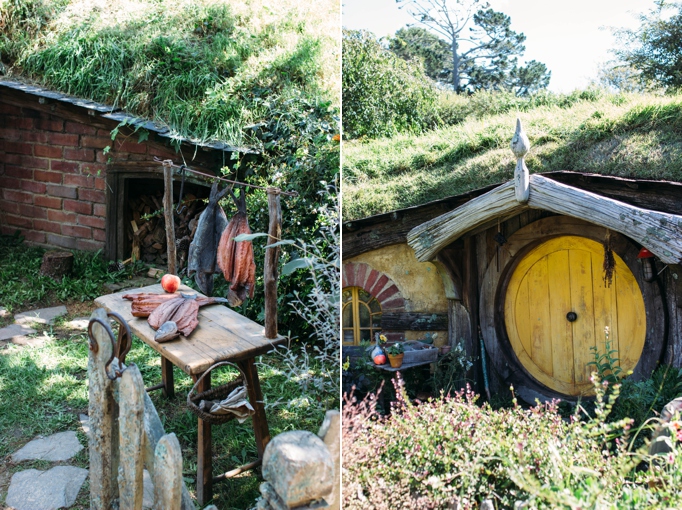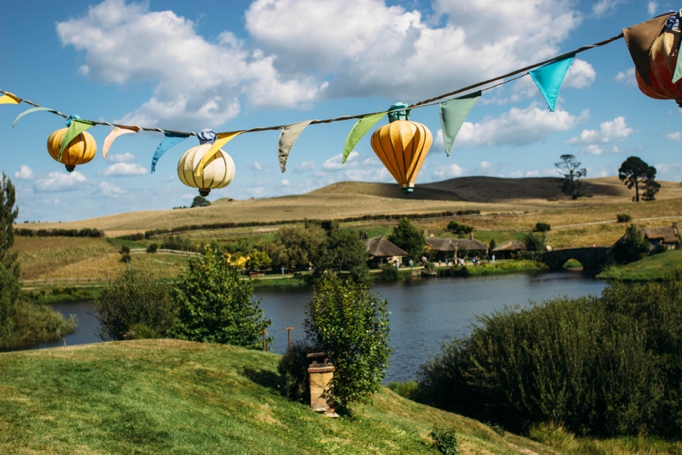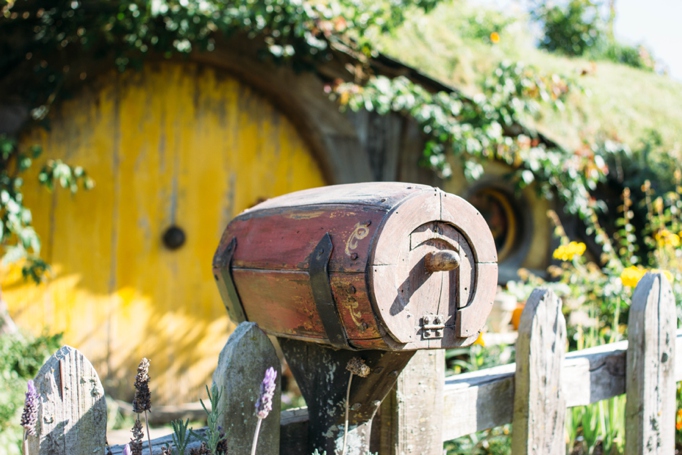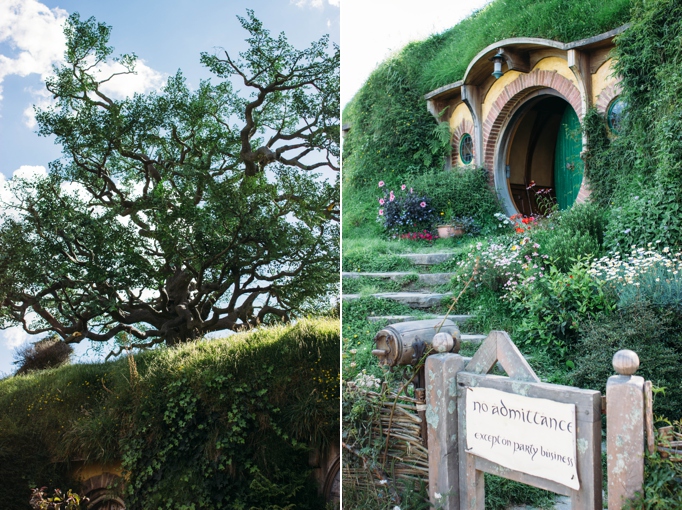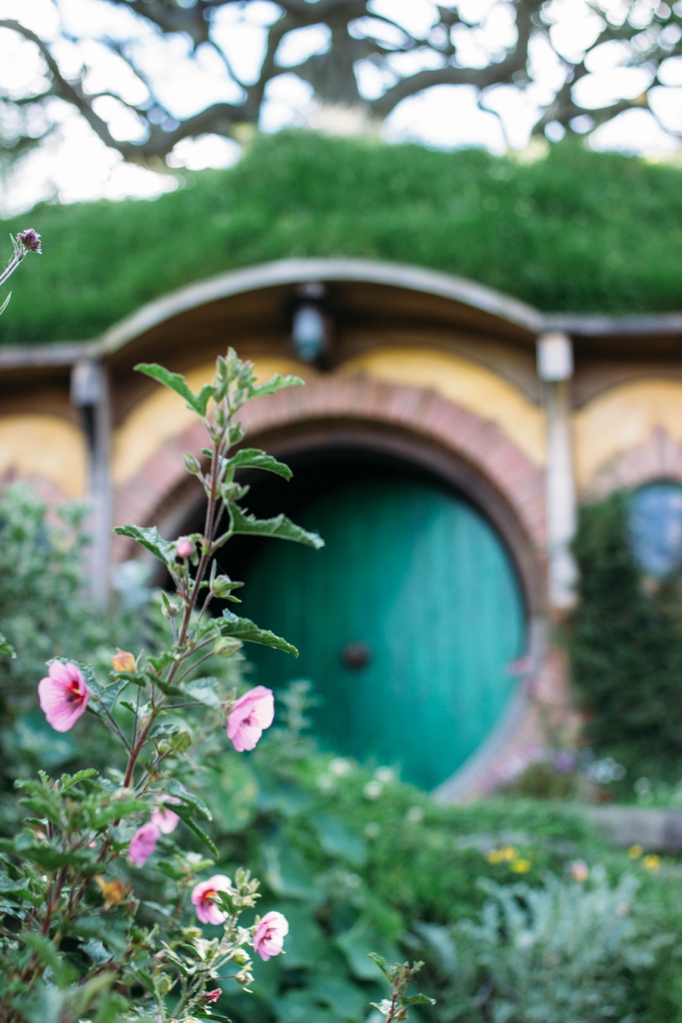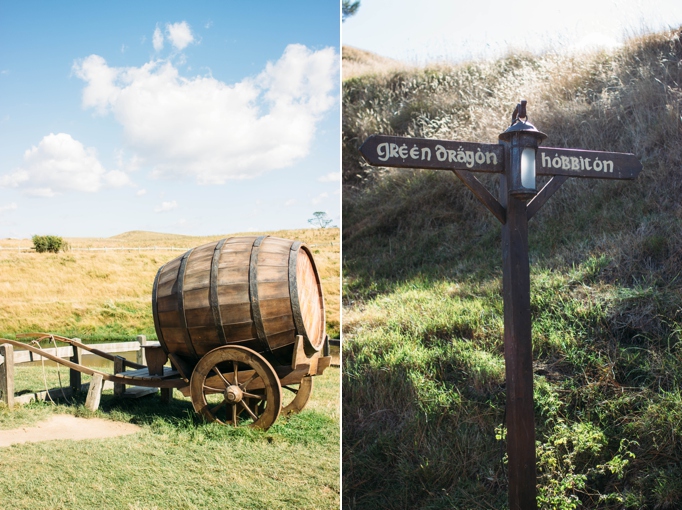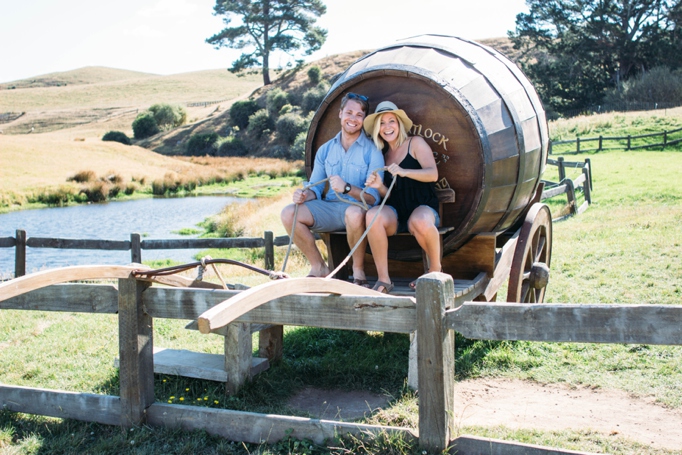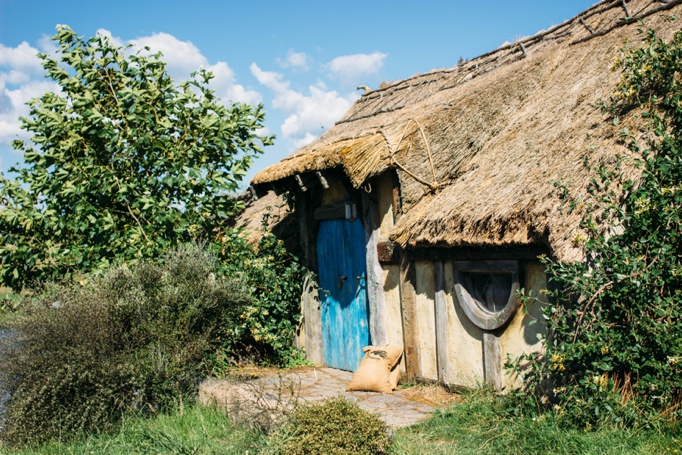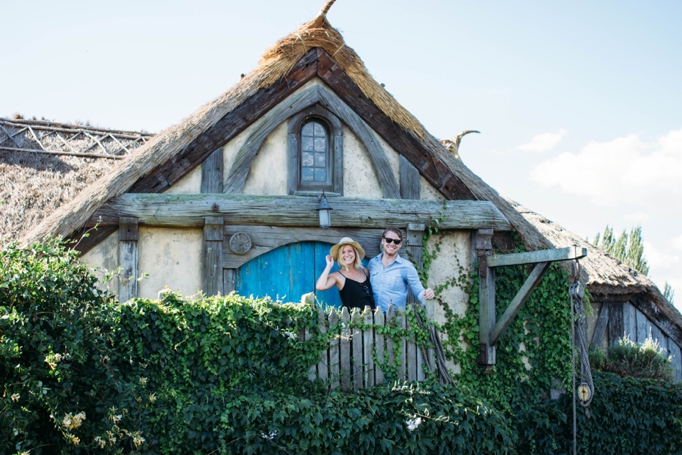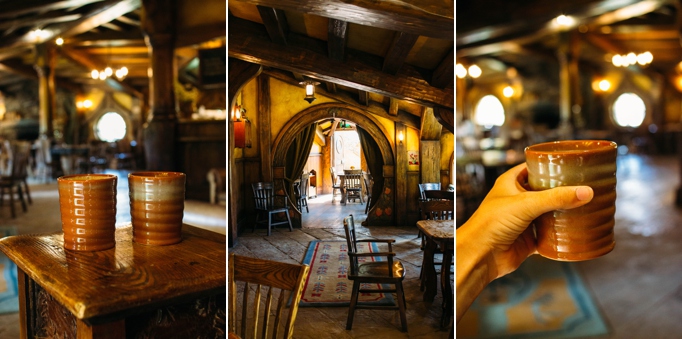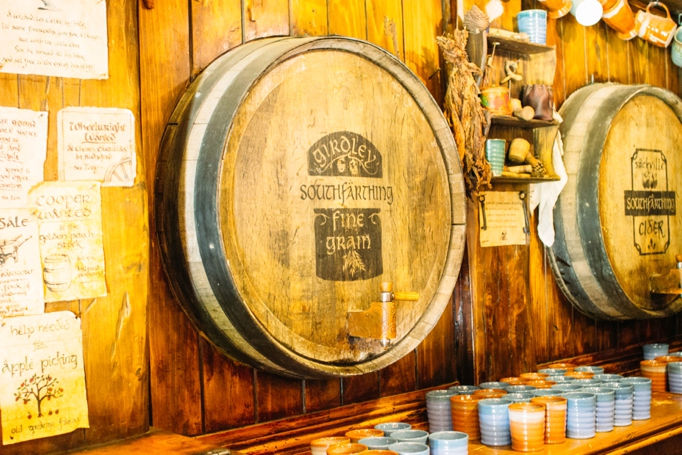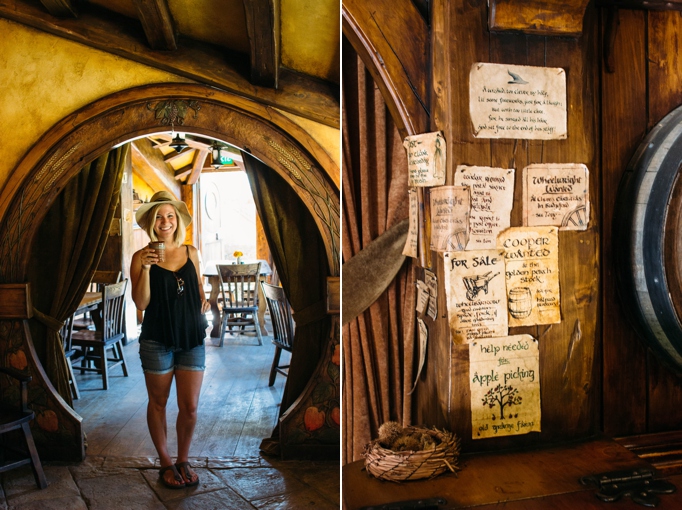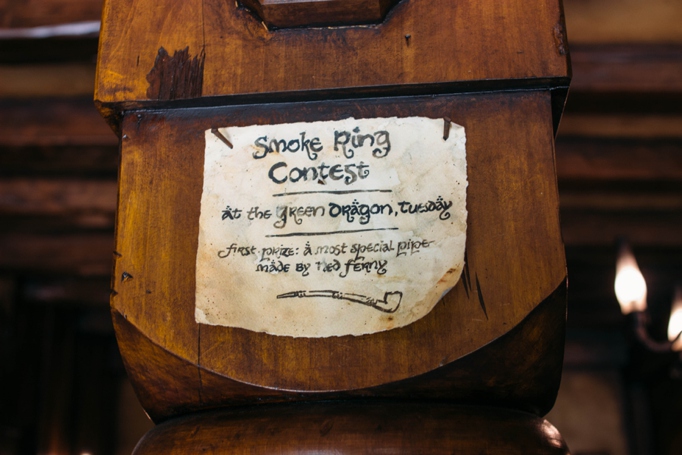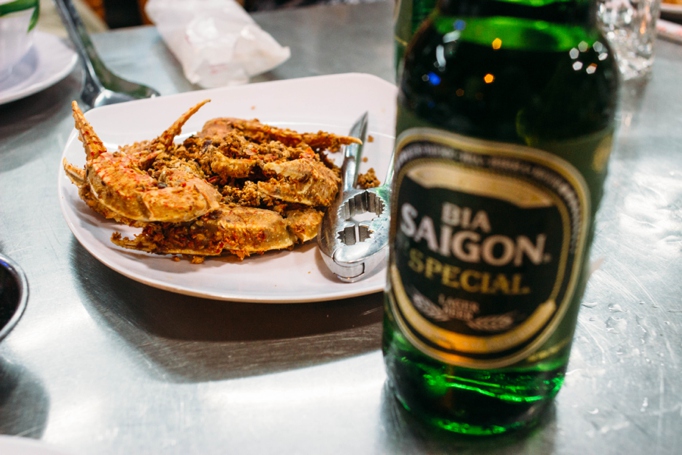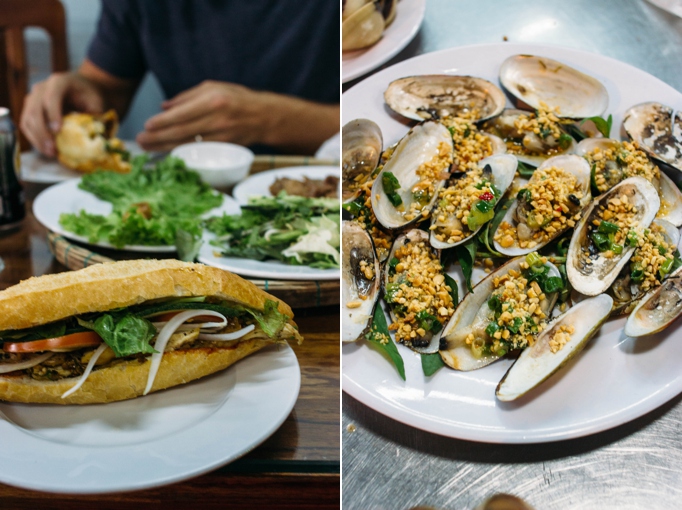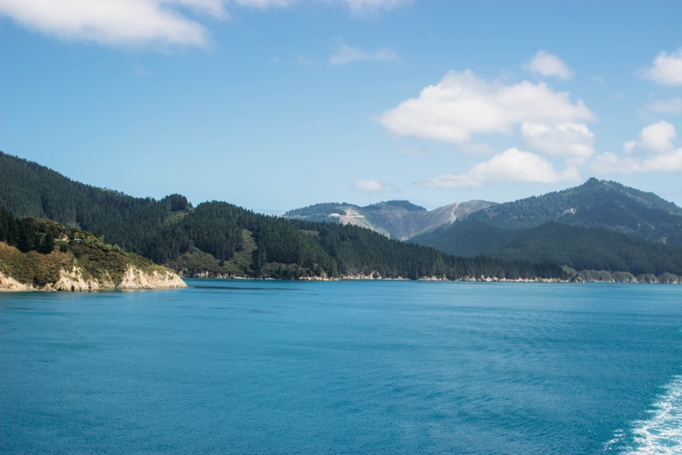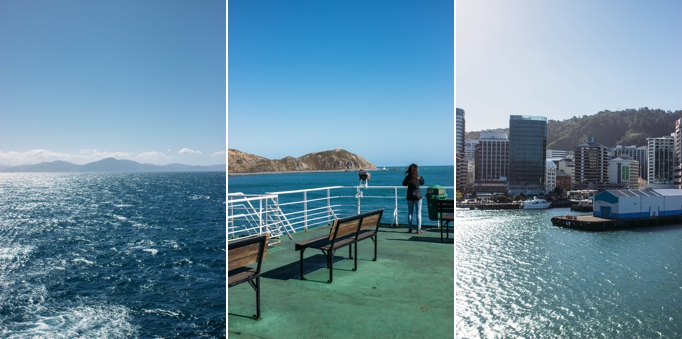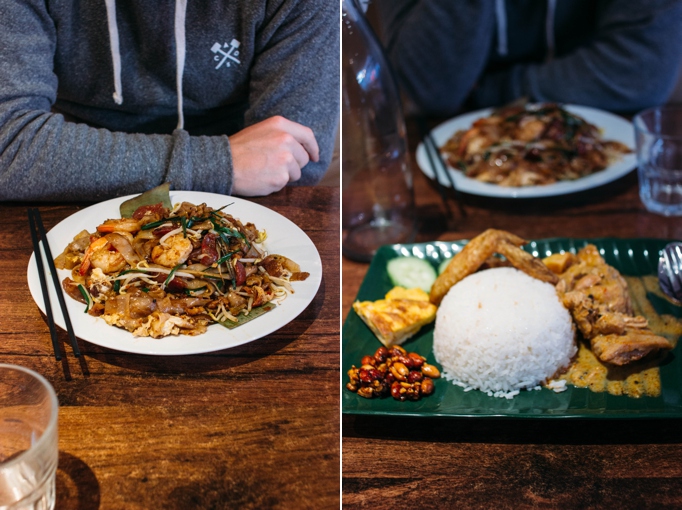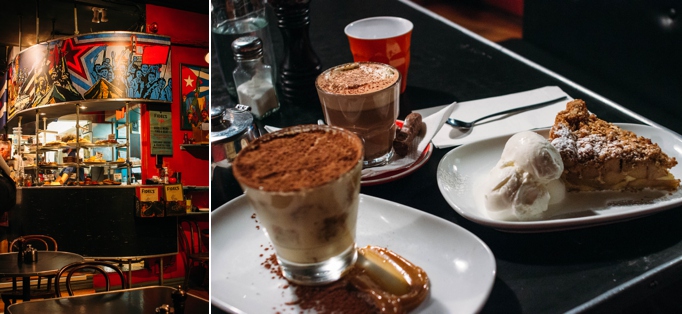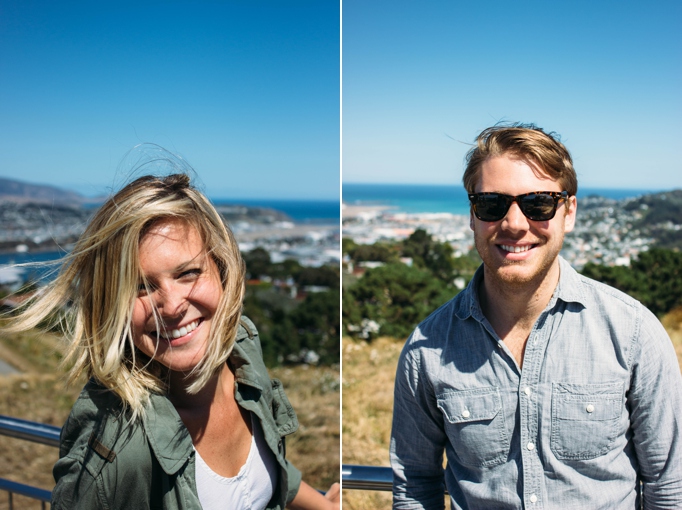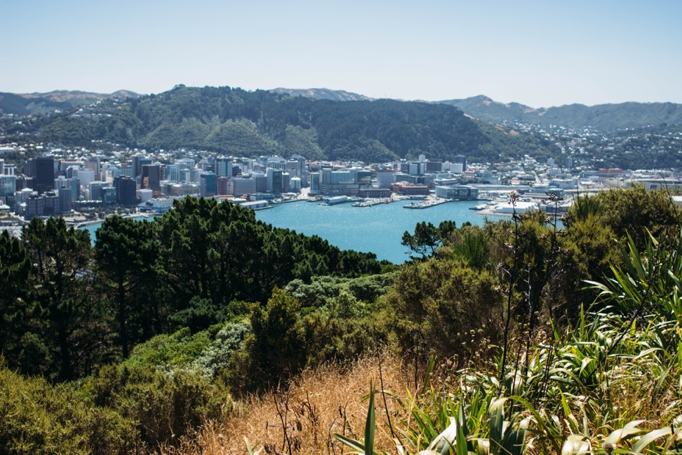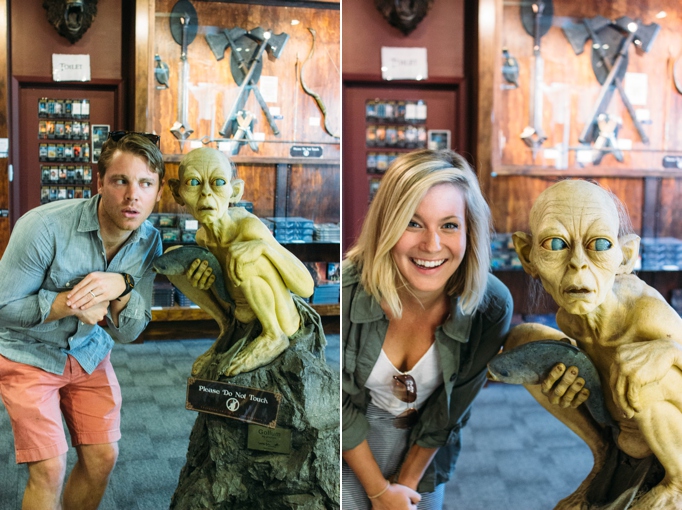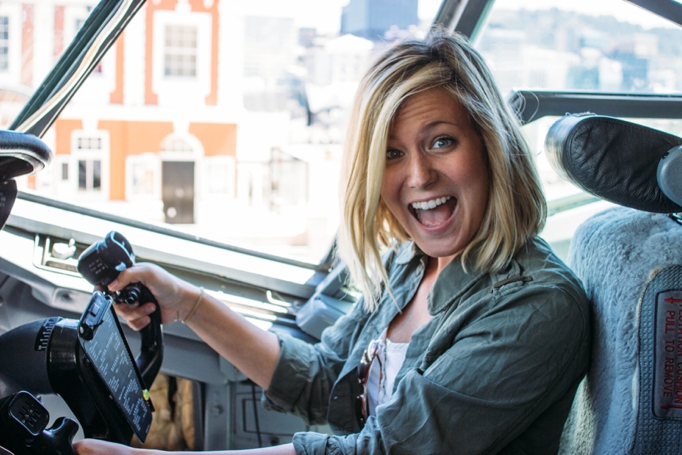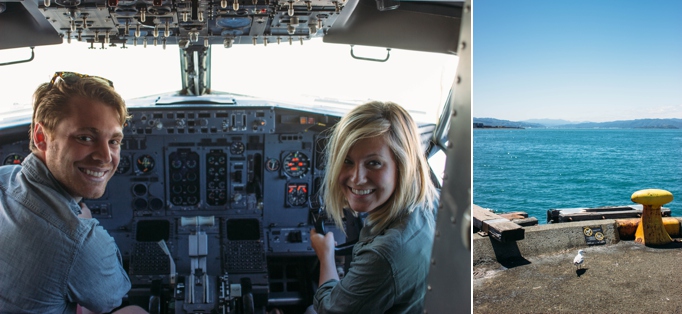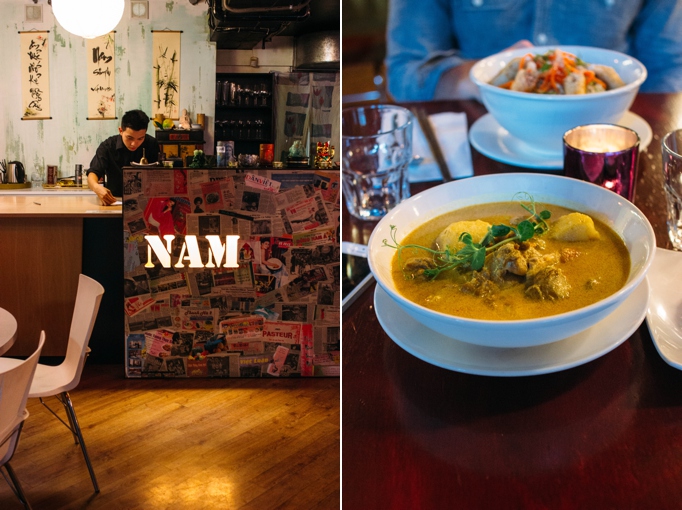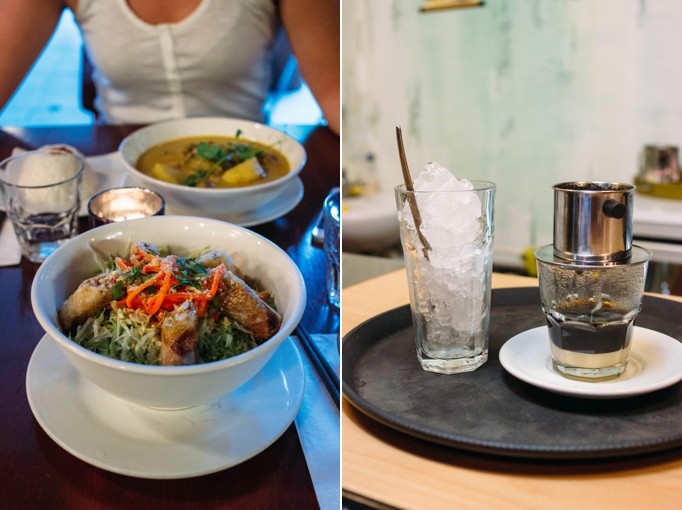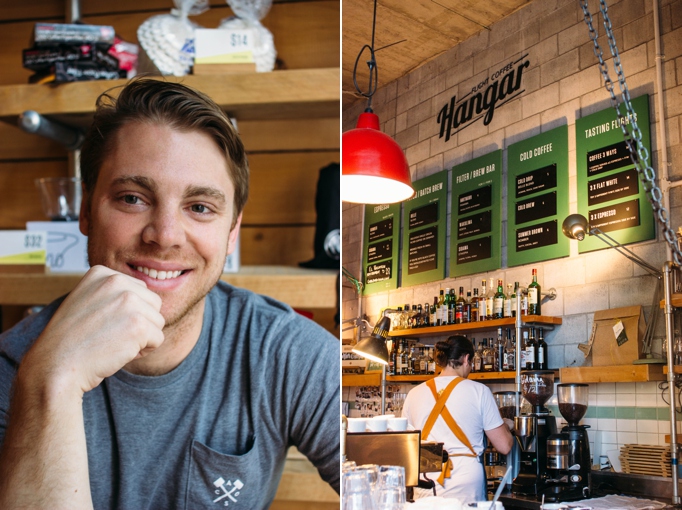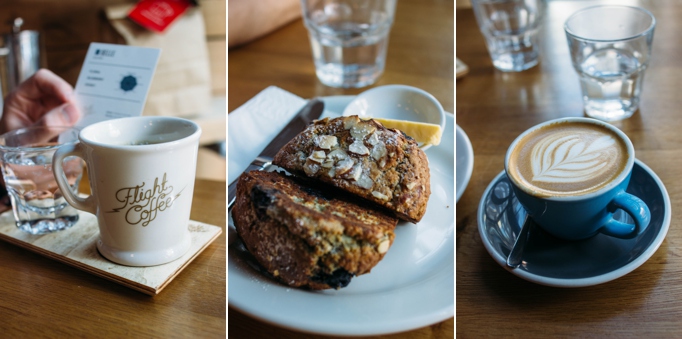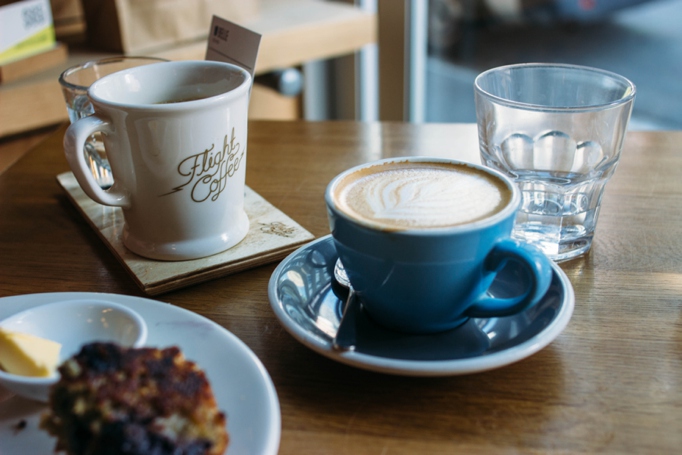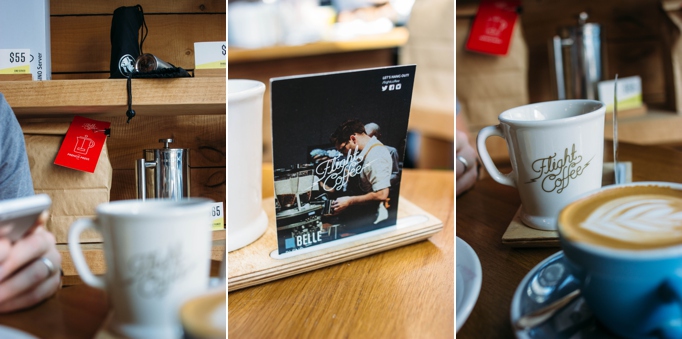taupo & HOBBITON! // new zealand
Julie Murphy
We were reluctant to leave the delicious food of Wellington but fueled up for a long haul to our next destination in Taupo. The route we had chosen was slightly out of the way as we looped around the western side of Tongariro National Park in hopes of seeing the fiery peak of Mt. Doom! Note: the peak is neither fiery nor is it called Mt. Doom. However, the iconic Mount Ngauruhoe is an active volcano with blood red sediment and can be explored Frodo & Samwise style on the Tongariro Alpine Crossing trek.
Unfortunately, the mists of Mordor (again not actually real) completely covered our view from the base but everyone we talked to about the 19.4 km trek over the crossing said it to be one of the most epic hikes in NZ...bold words there.
After 6 gorgeous driving hours and more than a few kilometers of gas concerns (fuel up well before Tongariro National Park), we arrived in the quaint, lakeside town of Taupo. Our incredibly hospitable Airbnb hosts insisted that the best food in town came from the hole-in-the-wall spot, @Siam. The pad see ew and penang curry were spot on with awesome prices but there is a whole collection of restaurants and pubs in the town center where this is shop is located if Thai isn't your thing.
Our hosts also let us in on a locals spot to help ease the tense muscles from the long drive. A little over 30 minutes up the road is a bumpy turnoff that leads to the utterly relaxing Kerosene Creek swimming hole (detailed directions here). Fed by hot springs, this pool is a natural hot tub perfect after a long day of exploring. Two things to keep in mind if you do make the trip: hide or protect any valuables as there have been reports of break-ins in the parking lot and don't dunk your head underwater as hot springs can be a natural haven for less than savory bacteria. However, those definitely shouldn't deter a visit!
We got an early start the next morning as the plans were to make a few stops on the way to our next Airbnb all the way up in the Coromandel Penninusla. On our way out of town, we pulled off the road to see the roaring Huka Falls - these couldn't be more easily accessible and the water is wildly blue!
From there, we continued up the same road towards Kerosene Creek to the Waiotapu Thermal Wonderland. The price was a little steeper than we expected at $32 NZD/pp but it did offer some crazy colored hot springs...that overwhelmingly reeked of egg farts. Don't get us wrong, the springs were SUPER cool & definitely a unique sight, but the smell was not for the faint of stench. Overall, worth it!
Our next destination is still one of our very favorite memories of the trip. Yes, we're talking about HOBBITON! We understand that this makes us total nerds to those LOTR haters out there but we don't even slightly care. The set was developed on a gorgeous, working 1250 acre farm that genuinely feels like you are entering the Shire! A large groundskeeping staff takes care of the real flower & vegetable gardens (that are full of butterflies - it's magical!) and the hundreds of sheep and cattle that wander the perimeter of the set.
The guides are incredibly knowledgable and give an in-depth background to what you're seeing but also provide the freedom to explore around Hobbiton. Peter Jackson was a stickler about the details when the set was created, even to the point of specifically hiring crews of people to walk around the paths all day long (all summer!) to ensure the wearing in the grass looked natural. This focus on the details has been incredibly maintained as you wander around the 44 hobbit holes, each decorated with with gardens, tools, or laundry.
Of course, none are more elaborate than Bilbo's house, Bag End, at the crest of the hills overlooking the pond. Complete with a "no admittance except on party business" sign (perhaps our new home motto), this hobbit hole is one of the largest in the bunch and overlooks the rest of Hobbiton under the shade of an amazingly believable fake tree.
To appropriately cap the visit, the tour ended at the Green Dragon - a real onsite pub where we were served real (FREE) Hobbit beer in ceramic steins!
There are no details missed in this amazing watering hole from the hand-carved dragon over the bar to the working fireplaces. And let's not forget about the beer itself - one of the local breweries creates these delicious stouts, ales, and ciders exclusively for the Green Dragon and, regretfully, only makes it available at Hobbiton.
Only ONE more NZ post and then we're on to Bali! (We will catch up eventually, we promise!) What are some of your other favorite spots in New Zealand? We didn't even get to see the East Coast of the South Island, aka excuse to go back, ammiright?!
